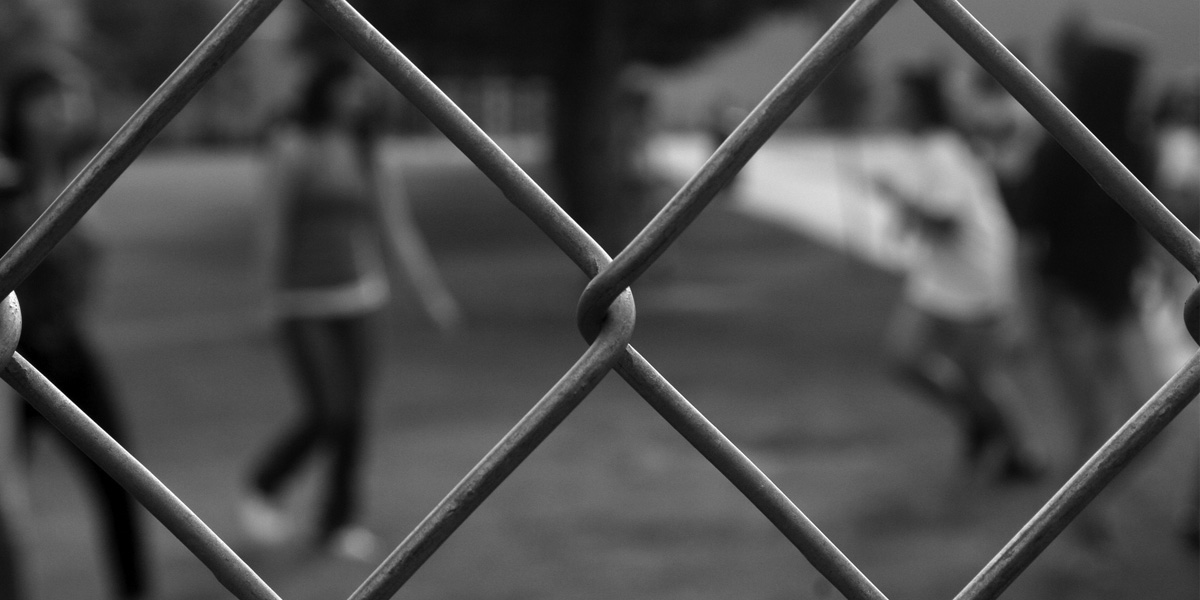Closing the gap between state and private schools
The fallout from Tristram Hunt’s recent announcement to restrict tax breaks to private schools unless they adequately support the state sector demonstrates that Labour has its work cut out to convince the public (including many of its core voters) that...
The fallout from Tristram Hunt’s recent announcement to restrict tax breaks to private schools unless they adequately support the state sector demonstrates that Labour has its work cut out to convince the public (including many of its core voters) that it has a viable education strategy ahead of the 2015 general election.
Currently, just 33 per cent of private schools share facilities with state schools. A meager 5 per cent loan teaching staff to the state sector, and 3 percent sponsor an academy. Hunt’s proposed School Partnership Standard would require all private schools to form authentic partnerships with state schools in order to keep their business rates relief. These partnerships would provide state schools with ‘quality teachers in specialist subjects’, summer schools, access to playing fields, professional exchanges and expertise on how to get pupils into top universities. If the 2,570 fee-paying schools in the UK that receive the 80 per cent reduction in their business rates fail to adhere to this Partnership Standard, they stand to lose it.
Missing the mark
While greater collaboration between the state and private sector is commendable in principle, Hunt’s proposals make a number of assumptions that have been rightly challenged.
Although under Hunt’s proposals each private school would forfeit around £64,000 per year if they reneged on their commitments to the state sector (less than 3 percent of their fee income), Ian Jack – writing for the Guardian – questions whether this financial loss is enough of an incentive to ensure meaningful partnership. Given that this financial loss would amount to the cost of annual fees for just four or five pupils each, Jack considers this unlikely. So Hunt’s proposals are hardly radical.
While Hunt does very briefly allude to what the private might learn from the state sector (“whole-class teaching, modern British values, student engagement and, indeed, value for money”), his proposals are heavily skewed towards how the state might receive a hand-up from the private sector – simply fuelling the misconception that private schools are the sole exemplars of academic excellence. Hunt’s proposals run the danger of being inherently ‘elitist’. Not only does his suggestion inadvertently assume that the private sector is ‘better’, but it also risks reinforcing state sector inferiority.
Furthermore, is the teaching quality in the private sector really ‘better’? Research has shown that state school students generally outperform private school students (controlling for socioeconomic differences), and that state school students obtain higher grades at university than their privately educated counterparts.
While there are undoubtedly excellent teachers in both sectors, Sam Freedman recognises that teaching in state schools ‘requires a different level of persistence, commitment and skill.’ Class sizes in the state sector are typically larger, resources are scarcer, the ability range of students is often wider, and the scope of socioeconomic backgrounds from which students hail is usually more diverse. This was justly recognised by Jon Coles, head of United Learning, earlier this year, who emphasises that the ‘patronising’, almost unidirectional flow of knowledge that Hunt recommends is the wrong way to foster cooperation and collaboration between the state and private sectors.
In addition, we can’t automatically assume that the performance of failing state schools would improve through increased collaboration with fee-charging schools. Although both sectors undoubtedly could stand to improve – for example, state schools could enhance their pastoral care services and private schools could do more to ensure that their students are independent thinkers – the feasibility of meaningful change through a public-private partnership scheme, particularly for the state sector, is debatable.
Firstly, this is because many problems faced by the state system stem from funding shortages. While private schools can offer smaller classes, a wide range of extra-curricular activities and so on, the extent to which the state sector is able to learn from this is dictated by staff capacity and budgetary constraints.
Secondly, the extent to which state schools can emulate the ‘pupil confidence’ Hunt observes in the private sector is dubious. This is because students at school do not start on a level playing field. Privately educated children often benefit from the social capital (networks, interactions and social norms) that many state students lack, and are thus already ‘doing much better [than state school children] when they start school.’ This is supported by research demonstrating that socioeconomic background plays a vital role in children’s educational attainment and levels of social and academic confidence. Given these very different contexts, a like-for-like transfer of resources is therefore unlikely to work well.
Addressing the challenge
As Hunt rightly states, greater cooperation in the education sector is urgently required to dissolve barriers between our state and private schools – but this must start at the top. Hunt should instead focus greater attention on promoting outstanding state schools as models for others to follow. It makes more sense for failing state schools to partner with and learn from the successes of much-improved state schools. Take, for example, Westminster Academy in central London, which experienced a 28-point increase in the number of students obtaining five or more GCSEs (including English and Maths) between 2007 and 2010. This was in part achieved by refining school leadership, improving engagement with parents and by recruiting top graduates as teachers – raising the status of teaching as a profession.
This change of focus would likely counter some of the criticism Hunt has received surrounding private school ‘promotion’, and might also provide a more realistic target for under-performing state schools to aim for.
